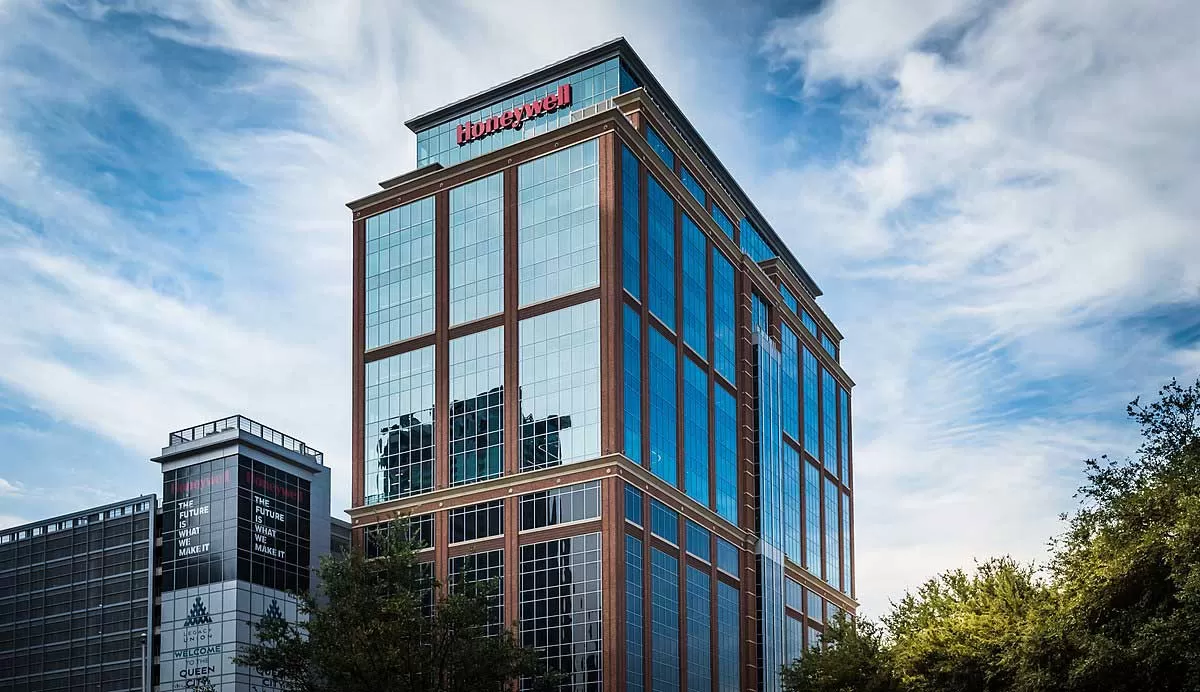Photo courtesy: Skymettle Infrastructure
The
warehousing and logistics sector was in a good space before COVID-19. Conferring ‘infrastructure’ status to the logistics sector, pushing ‘Make in India’, developing multimodal transport networks, the initiatives to set-up the Delhi-Mumbai Industrial Corridor and the Delhi-Kolkata Industrial Corridor, creating logistics parks, announcing a dedicated warehousing policy, and cutting corporate tax rates to 15 per cent for new manufacturing plants in India are just some of the measures that had buoyed the sector, according to
Aditya Virwani, COO, Embassy Group and Spokesperson, Embassy Industrial Parks.
Then, the pandemic struck, sending the Indian (and global) economy for a toss. This is hopefully only temporary, but it has stalled the planning and development of new warehouses.
Brake on development
Owing to COVID-19, IndoSpace—the real-estate arm of Everstone Group, which is always on the lookout for potential land banks around major consumption hubs where the presence of the warehouse helps the country’s economy—has gone into wait-and-watch mode, shares Rajesh Jaggi, Vice-Chairman, Real Estate, Everstone Group. “We would like to assess the economic effects post lockdown, subsequent to which we would like to develop an informed view,” he says.
“We have kept a few deals involving the development of new warehousing for clients on hold,” reveals Akshat Khandelwal, CEO, Skymettle Infrastructure. “However, we were working on a large warehousing project in South India, which we are pressing ahead with, despite COVID-19.”
On the construction side, COVID-19 has thrown up challenges such as raw material procurement difficulties and labour shortages as a result of the exodus of migrant workers, says Virwani. “Both these issues have delayed construction schedules. We have had to ask clients for extensions on deadlines. Some clients have insisted construction be completed and therefore we have had to allocate the available workforce to such projects, even sourcing workers from small contractors to get the job done.”
Jaggi expects delay in project deliveries in Q2 and Q3 of FY 21. Based on feedback from pan-India developers engaged with warehouse/logistics park projects when the lockdown halted construction, Shyam Arumugam, Director, Industrial & Logistics Services, Colliers International India, expects a minimum delay of three months in originally anticipated timelines owing to the limited availability of labour and construction material flows.
Where COVID-19 boosted demand
Interestingly, demand for storage space has increased in pockets during the lockdown.
Virwani attests to additional storage space demand from e-commerce clients needing additional space for extra stocks of essentials.
“Not only e-commerce, some manufacturing industries will also require short-term space to cater to increased demand and piled up inventory,” adds Arumugam.
To fulfil this demand, Virwani observes that some e-commerce players have gone in for short-term leases, which is also triggering the subleasing of existing supply warehouse space.
In the next few months if supply remains uncertain, there may be new opportunities in short-term or flexible lease models, observes Jaggi.
Prospects after COVID-19
Developers are upbeat about the prospects of warehousing and logistics after COVID-19. Primarily, because “the forces that are propelling the warehousing sector, such as e-commerce, GST and consolidation of inventories, will only increase in speed with the impact of the pandemic,” explains Khandelwal. “Essentially, because warehousing is new and was cannibalising on standard retail and smaller warehouses, we will not depend on the whole economy for growth. We will not face the same issues as commercial real estate and residential real estate. So warehousing will register a growth, even if it is less than it would have been prior to COVID-19.”
“Once the lockdown is lifted, warehousing demand may increase because of the requirement for essential and non-essential goods,” opines Jaggi. “Sectors like pharmaceuticals, e-commerce and food industries may ramp up their storage capacities in line with demand.”
“FMCG, e-commerce, pharmaceuticals, and cold storage will see an increased growth and demand for additional warehousing space,” agrees Anshuman Magazine, Chairman & CEO - India, South East Asia, Middle East & Africa, CBRE.
Eventually, Jaggi sees the pent-up demand and increase in supply in the second half of the year pushing up numbers in Q4 2020; this has also been predicted by JLL’s recently released report Covid19: Industrial & Logistics Sector. Impact and Opportunities in India.
Arumugam agrees that the industrial and logistics sectors will be among the first to pick up after the pandemic owing to the growth of e-commerce, direct-to-consumer businesses, and healthcare and medical equipment manufacturing activity. “As both developers and end-users are working out measures to tackle the pandemic because successive lockdowns don’t seem to have solved the situation, and as overall growth projections on both the supply and demand side are positive, we are quite convinced of an uptick in activity later in the year,” adds Arumugam.
Virwani goes so far as to say that companies across the globe may see India as a preferred partner after China. If that transpires, he feels the sentiment might support the set-up of new manufacturing units in India.
In-demand warehousing
When demand starts to grow, what sort of warehouses will most be in demand?
Magazine expects the demand to span logistics space in all sizes (large hubs down to the small last mile).
Virwani sees a long-term opportunity for large Grade-A warehouses delivering operational efficiency, a safe and secure environment, and compliance with statutory provisions emerging from the pandemic. “E-commerce players have started tweaking their inventory management plans and are planning to keep stock for 30-40 days more than what they kept before COVID-19,” he explains.
Geographically speaking, where might this demand emerge?
“Demand for in-city warehouse space may grow to enable faster deliveries by e-commerce players to end-users owing to restrictions on brick-and-mortar stores,” adds Virwani. So, Embassy Industrial Parks aims to increase its supply in major locations, for both perishable and non-perishable goods.
Retail players will also need multilevel warehouses within city limits to service cities, he continues. “Besides maximising the utilisation of land in cities like Mumbai, multi-storied warehouses will help companies cut transportation costs and improve delivery times—two keys to overall operational and occupancy cost savings and retail success.”
Winning technologies
The best warehouses combine great design with efficiency-enhancing technologies. In so far as lockdown restrictions go, Magazine predicts that “they will further propel the use of automation and robotics and digitised operations and increase the use of e-commerce channels.”
Arumugam expects greater demand for part-time workers, especially in the e-commerce sector, and consequent automation given the shortage of labour, but this will vary by region and vertical.
All considered, the warehousing segment saw mass consolidation after GST to achieve economies of scale. Now that the lockdown and the closing of state/district borders (quarantining cargo) clogged the entire supply chain, affecting even the largest e-commerce players, the segment is poised for the next step in evolution. Arumugam expects warehousing and logistics firms to design supply chains with the ability to wade through unexpected risk events, responding and recovering quickly to potential disruptions such as this pandemic. A lot to work towards indeed!

















